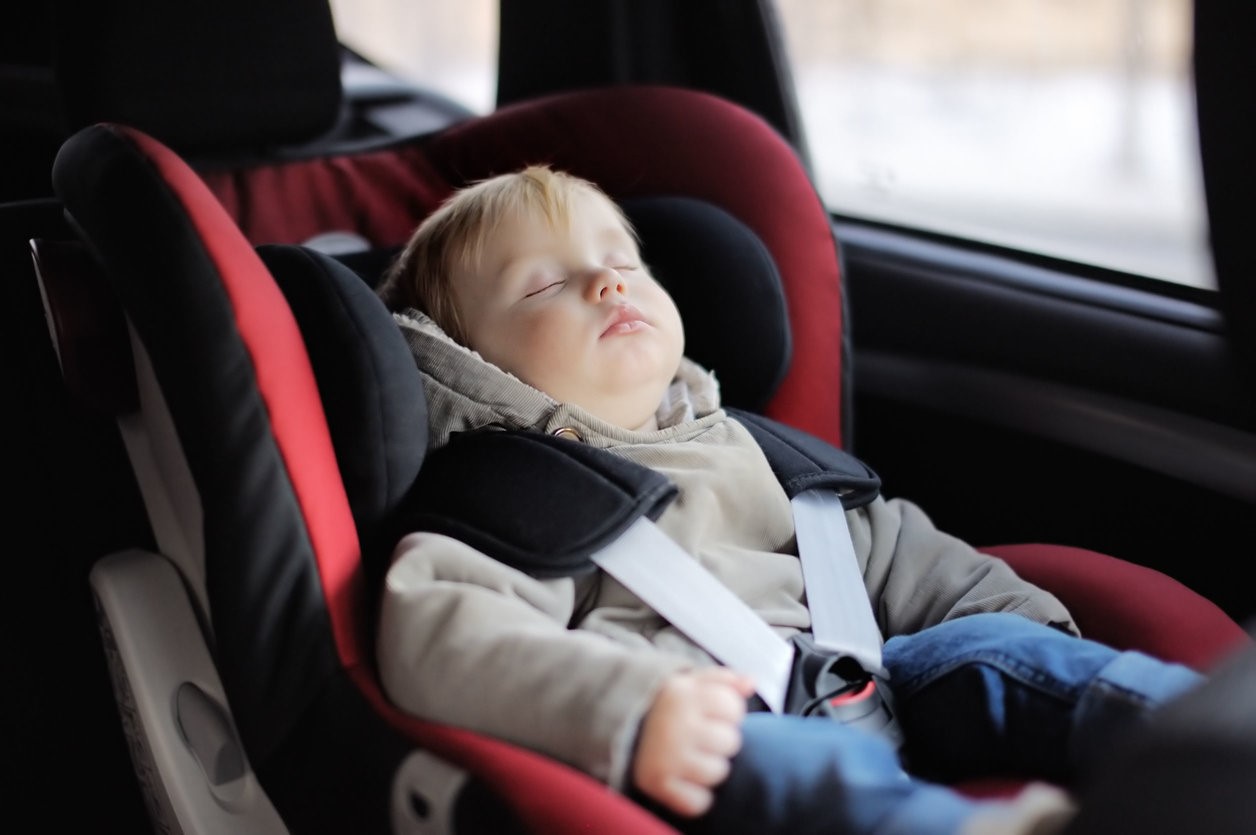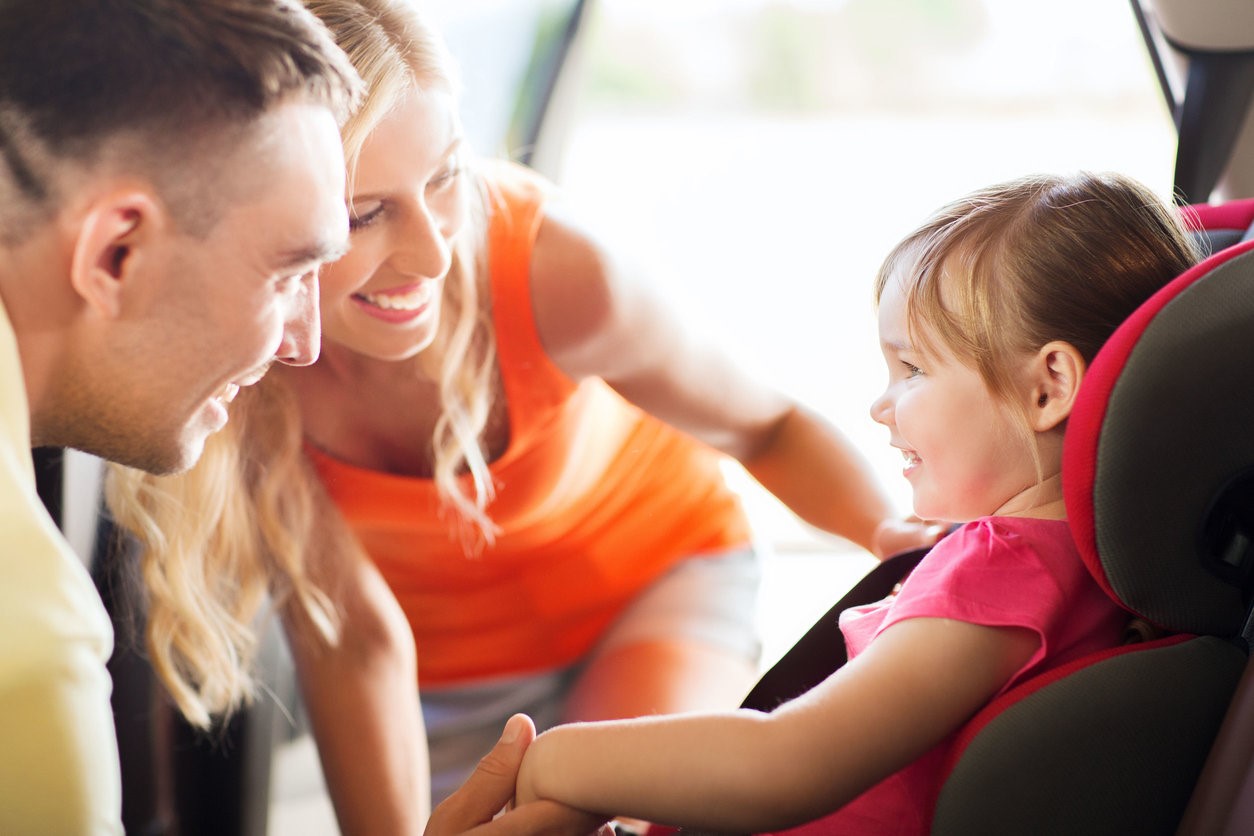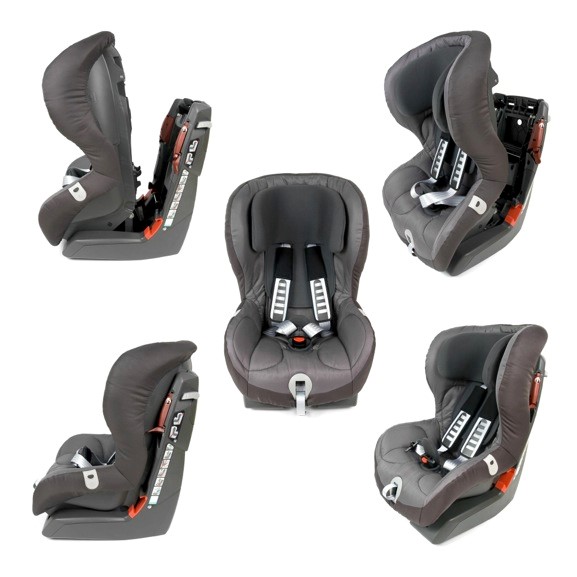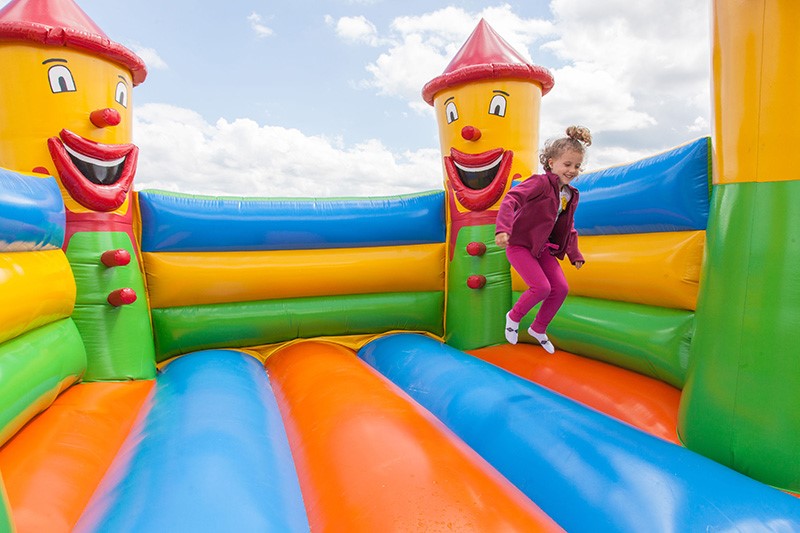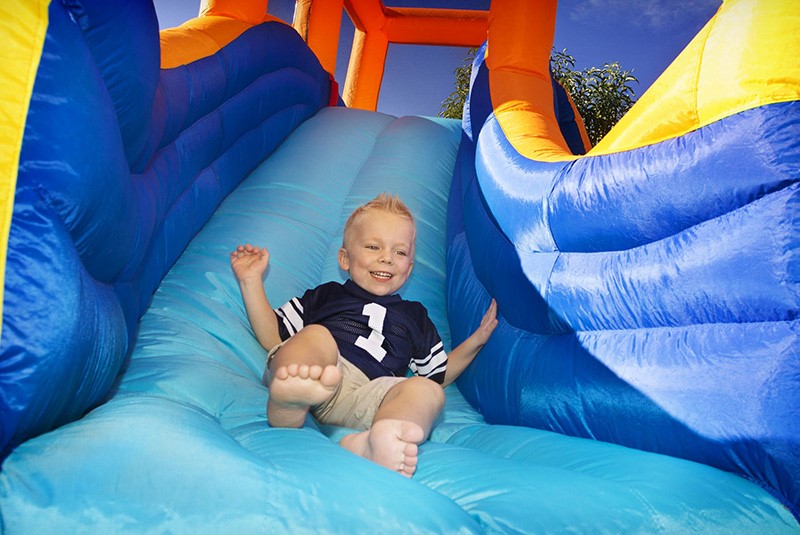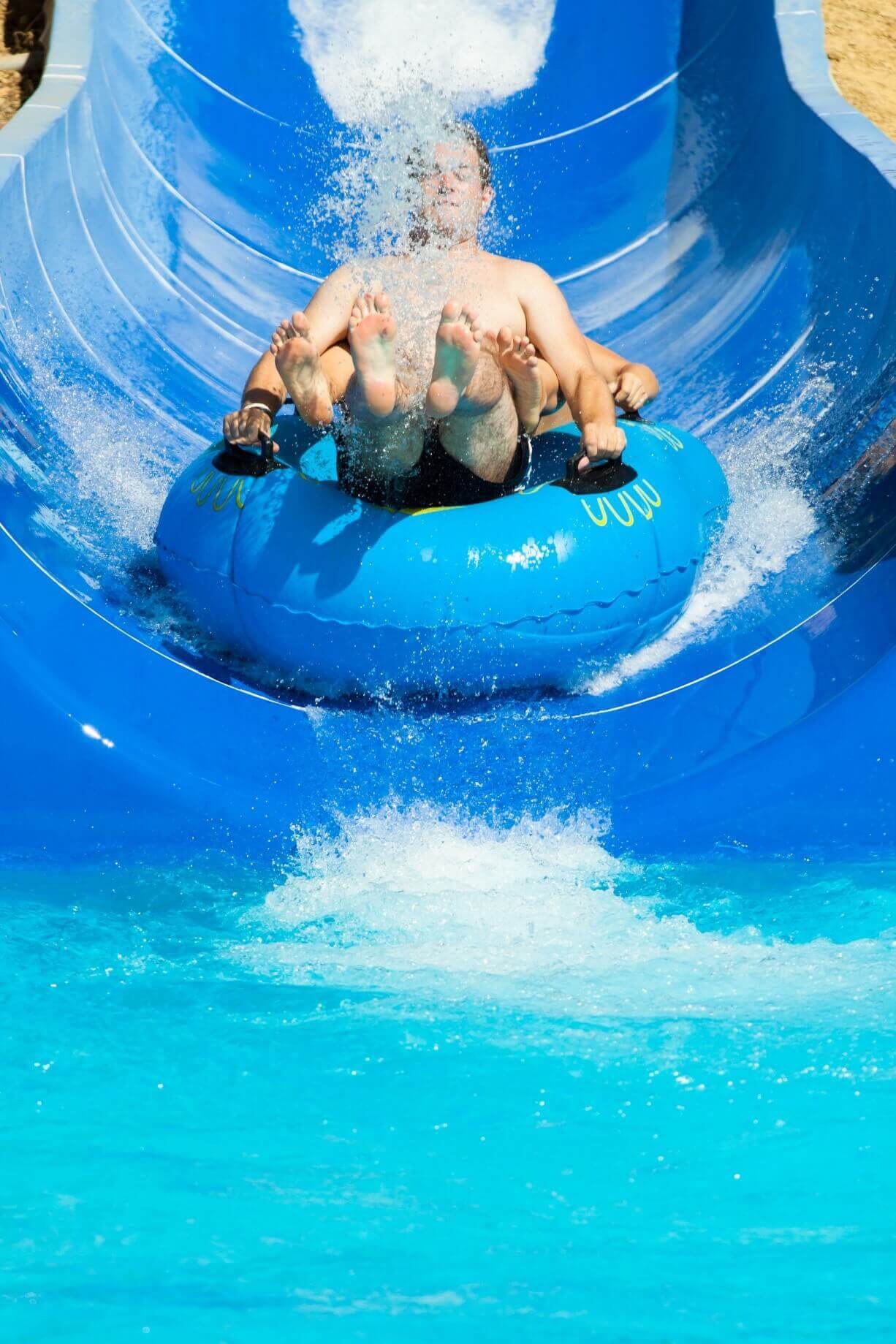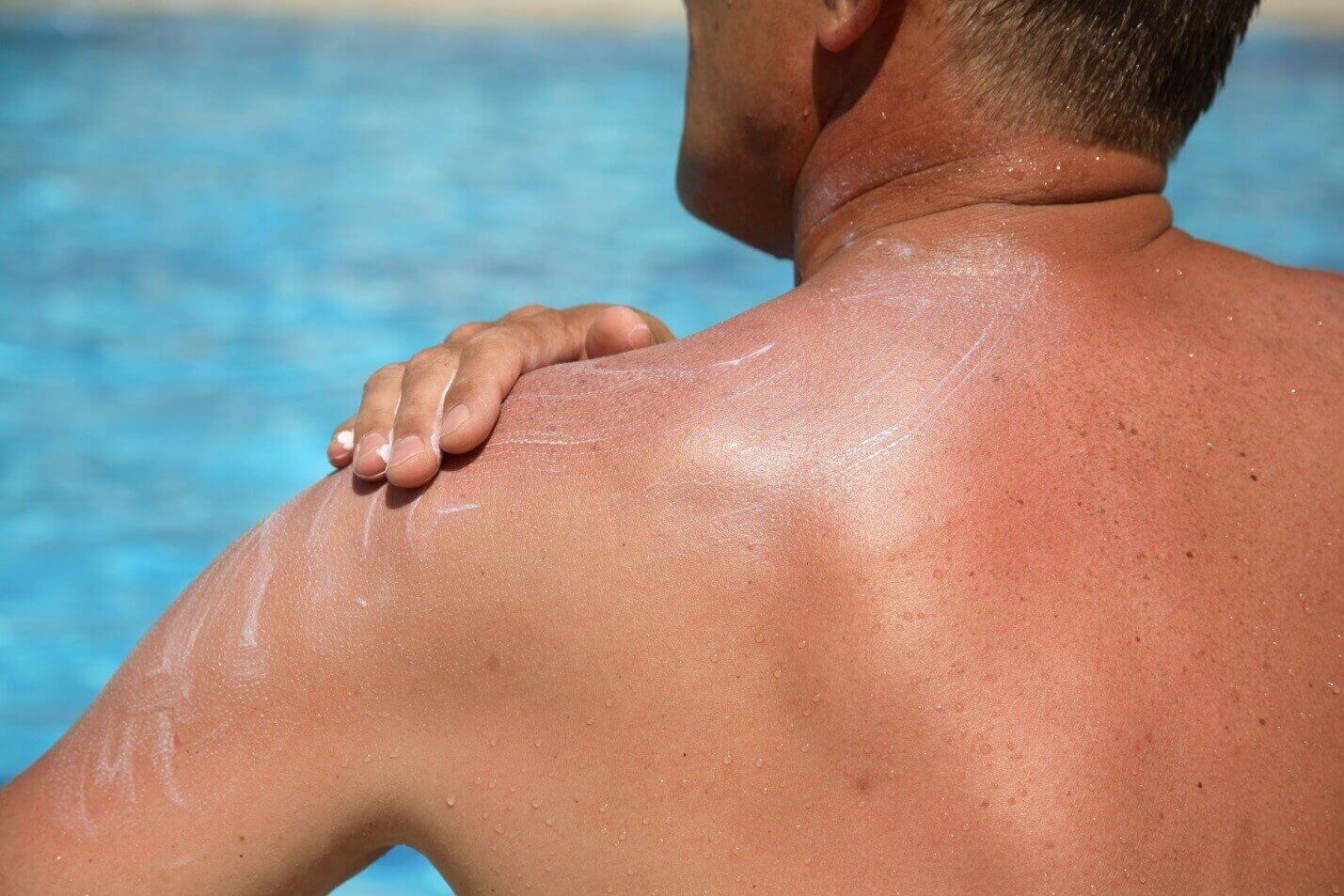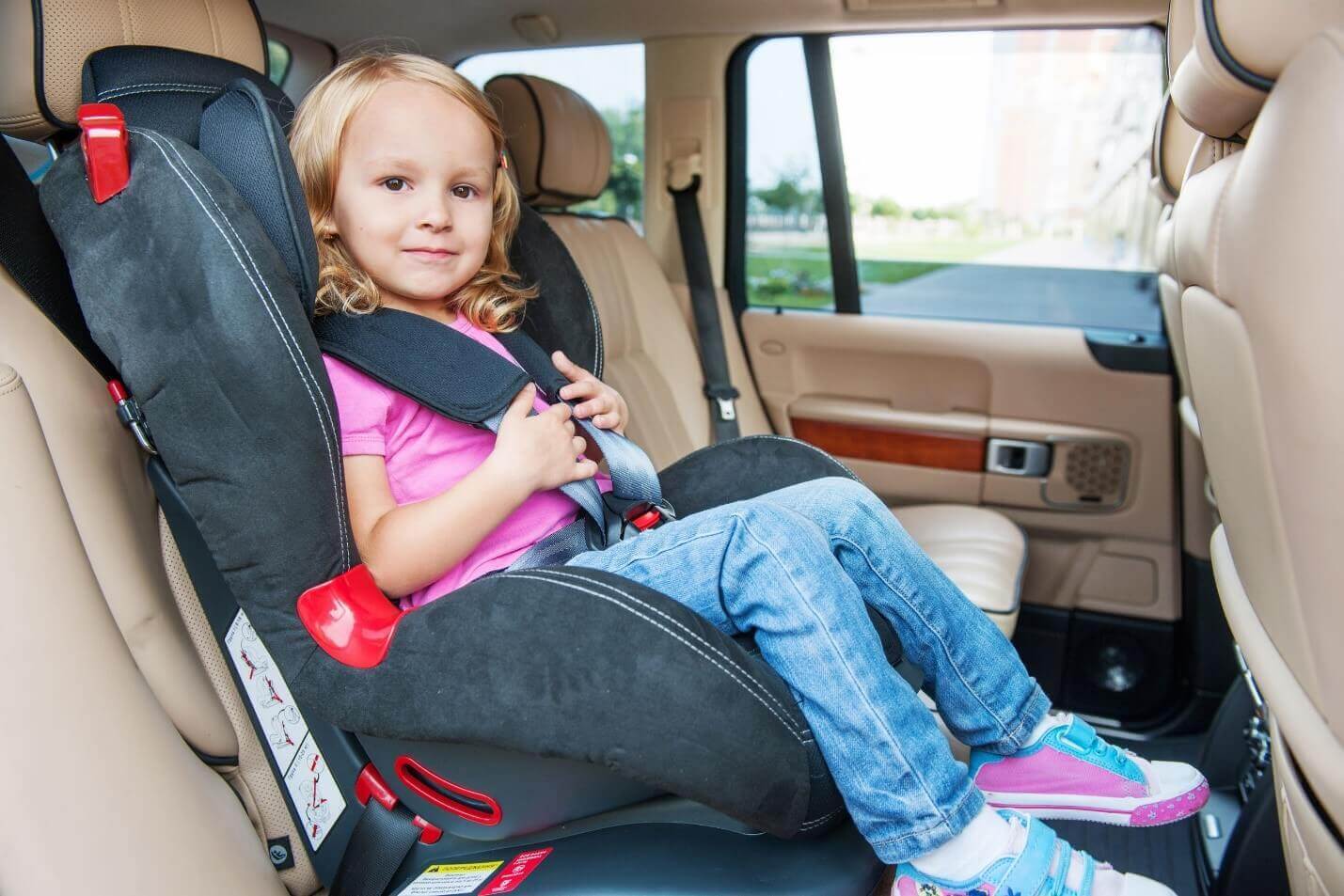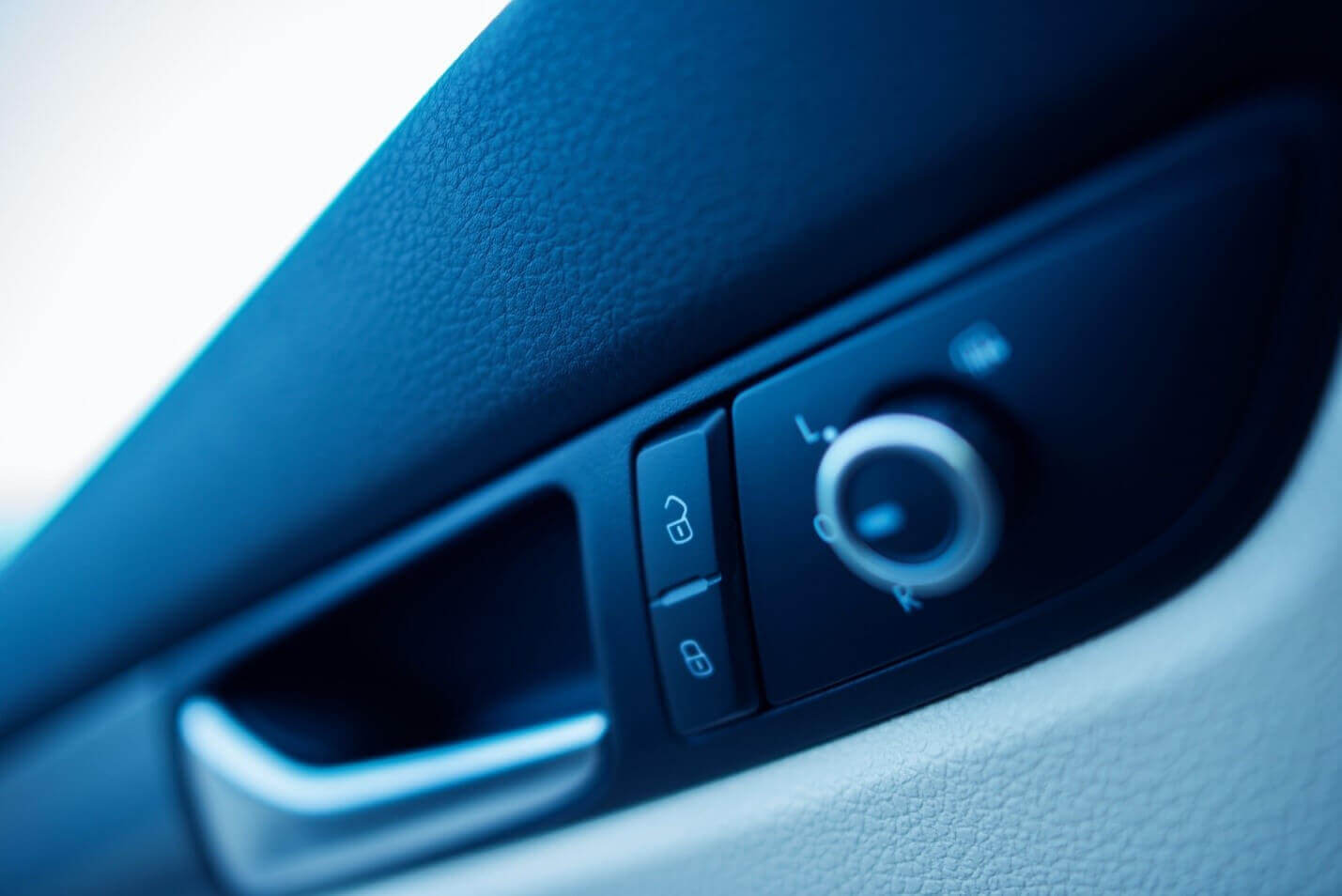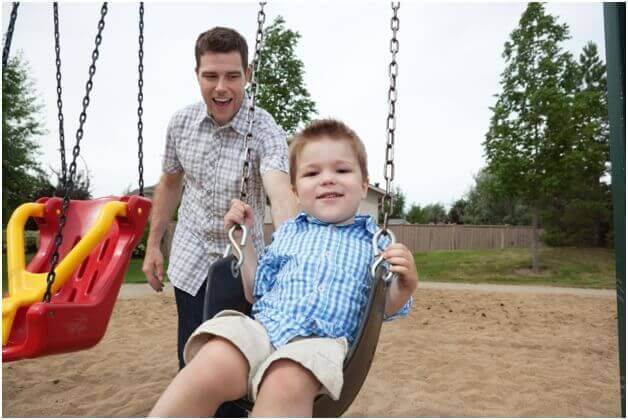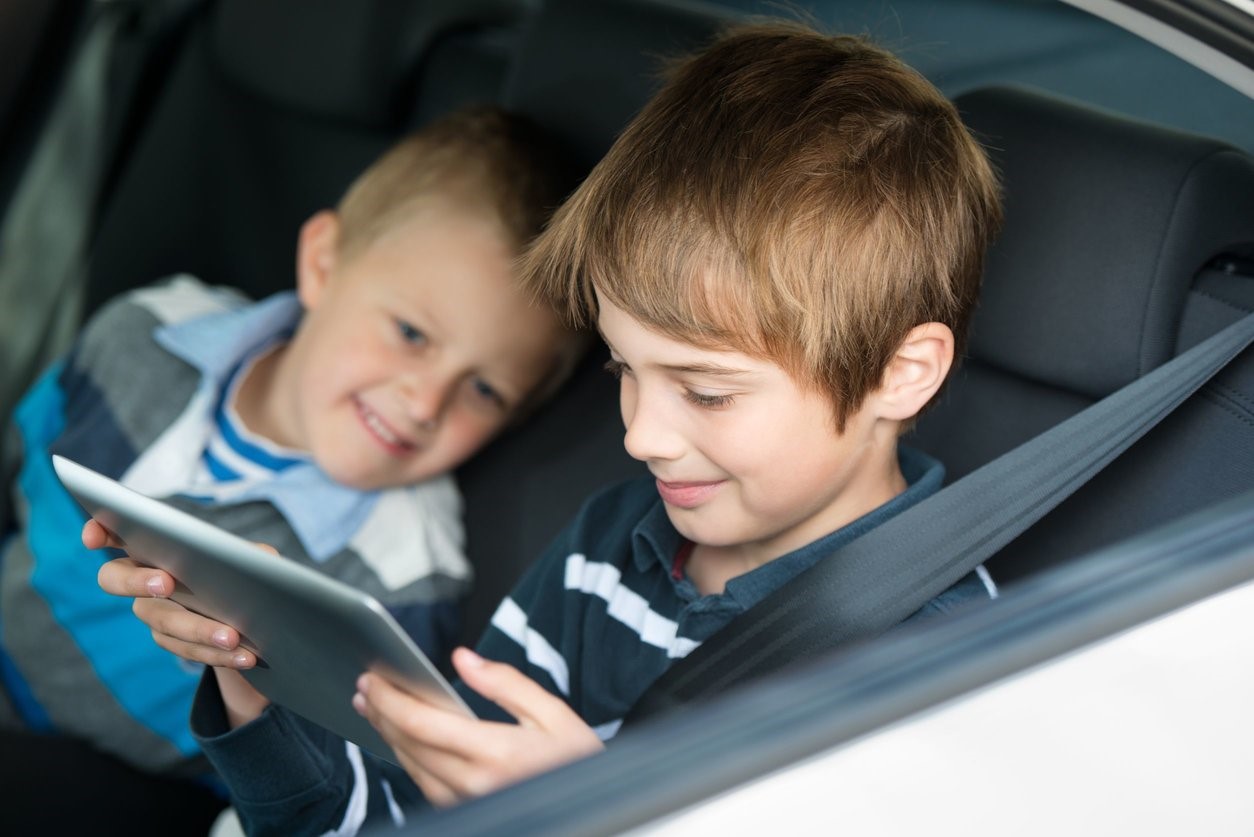
As parents, your number one priority is keeping your children safe, healthy, and happy, and you probably do this in all kinds of ways. You baby proof your home. You have strict rules about staying out after dark. You never let your children get on a bike without a helmet.
So then why do so many parents ignore safety where automobiles are concerned?
You may have seen the recent story about the car crash out of West Palm Beach. Eight people were injured, including four children. Two of the children were immediately rushed to the hospital for traumatic injuries.
When neighbors arrived to the scene, passengers in the car were heard yelling that one of the children was trapped underneath the car. The child had been ejected from the vehicle when it rolled over in the crash. Because they weren’t wearing a safety belt.
Do you make sure that your children wear seatbelts? Do you do it every single time they get in a car? Do you use the right booster or car seat for your child? Do you properly wear your seatbelt as well?
If you’re enforcing other rules to keep your child safe, but letting them slide when it comes to seat belts and booster seats, you may be ignoring the most important tool in your arsenal – and putting them at the highest amount of risk.
You don’t notice stories like the one from Palm Beach so often just because they stand out to you: auto accidents and traffic-related fatalities are the top cause of child fatalities in the country. A lack of proper restraint is a big reason why.
Stats on Children and Auto Accidents
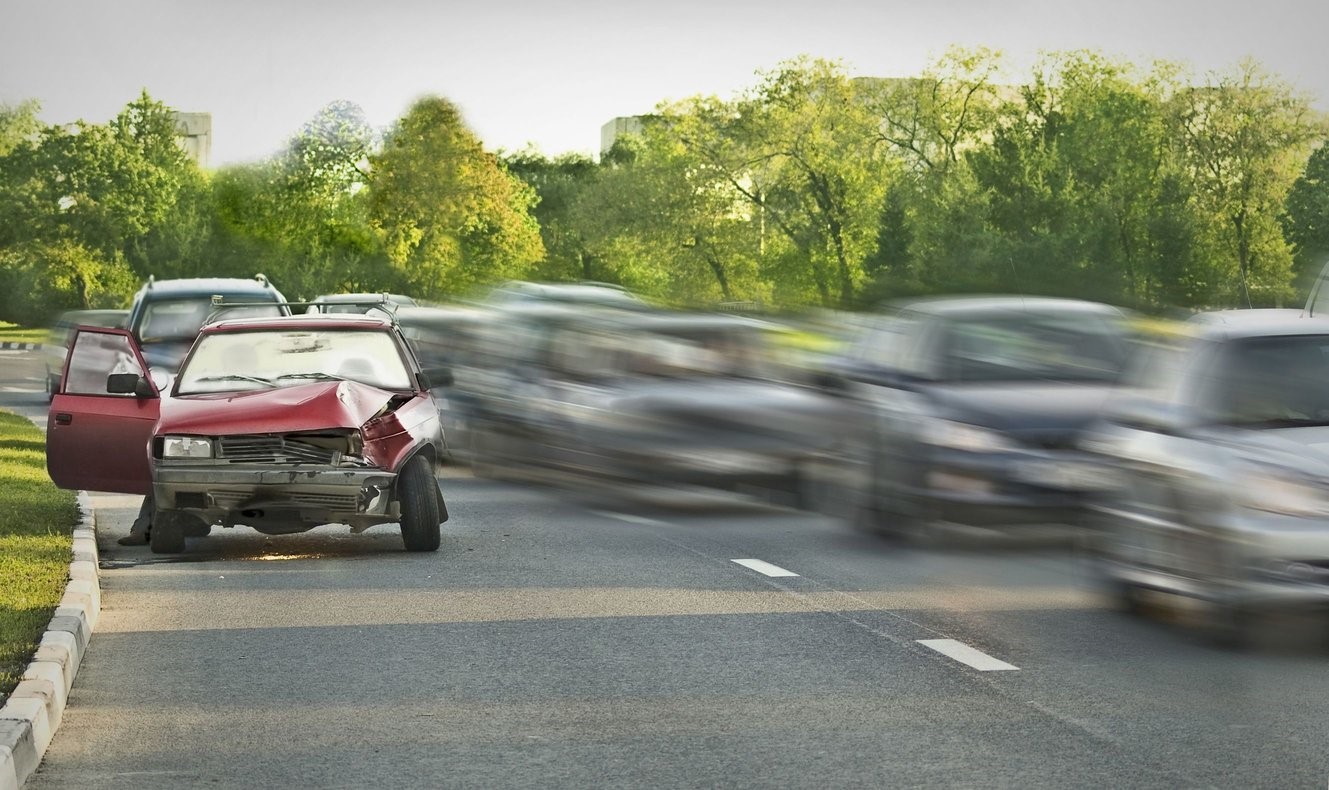
In 2015, 938 children were killed in traffic-related crashes: 663 of these children were killed as the occupant of a passenger vehicle, 186 children were killed as pedestrians, and 29 children were killed while riding a bike. 2015 was the highest number of child passenger deaths since 2010.
Those statistics are just the beginning:
- 1 in 4 unintentional injury child deaths are caused by motor vehicle crashes.
- 80% of children killed as a passenger were sitting in the rear seat.
- 32% of children were unrestrained.
- From 2001 to 2010, around 20% of child passenger deaths were caused by a drunk driver.
Thankfully, even though auto accident fatalities in Florida are still on the rise, the rate of children who are killed in auto accidents has been declining since 1975. There is still much work to be done, though, and it starts with you, your children, and your behavior behind the wheel.
What You Can Do To Keep Your Kids Safe
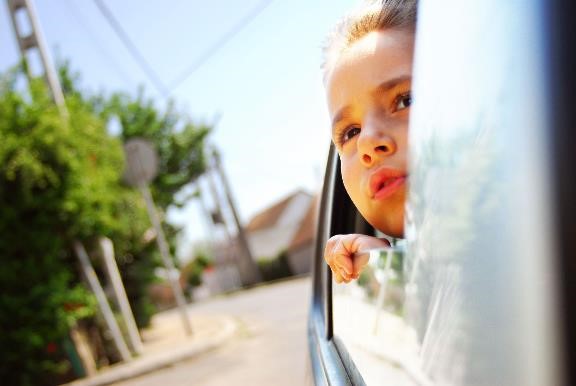
Want to prevent your child from becoming a statistic? It’s simple: practice safe driving habits. Don’t drink and drive. Don’t speed or run traffic stops. Keep your eyes on the road, and don’t let your children (or anything, for that matter) distract you when you’re behind the wheel.
Set an example for your children. The best way to get them to buckle up in your car and other cars is to buckle up yourself. Seatbelts are not just for kids, and it’s not just for your safety. A whopping 40% of children who drove with unbelted drivers were also not wearing their seatbelts.
If your child is under the age of 13, they should be in a booster seat. If you are unsure about which booster or car seat is most appropriate for your child, do some research.
While we’re at it, here’s a reminder that not all child deaths in the car happen because of a crash. Never leave your child alone in a closed car. This is particularly important during the summer months when temperatures are at their highest, but even in cooler weather, cars can heat up incredibly fast.
Recognize That There Is Always Risk
The sad truth is that you can do everything “right” and still get in a car crash. Even the safest drivers cannot control the actions of negligent drivers, whether they are on the road with you or – worse – driving your child.
If your child is injured in a crash due to another’s negligence, you owe it to them to seek out compensation for medical, financial, and other related damages and to hold the responsible party accountable for their actions. Not only can this serve to help you and your family to recover during a trying time, it may also help to shine a spotlight on a serious issue and prevent another child from getting hurt in the same way.
About the Author:
Jeffrey Braxton is a trial lawyer in Fort Lauderdale who has devoted his 22-year career to the practice of personal injury law. As lead trial attorney The South Florida Injury Law Firm, Jeff has litigated thousands of cases and is a member of the Million Dollar Advocates Forum, an exclusive group of attorneys who have resolved cases in excess of one million dollars.





